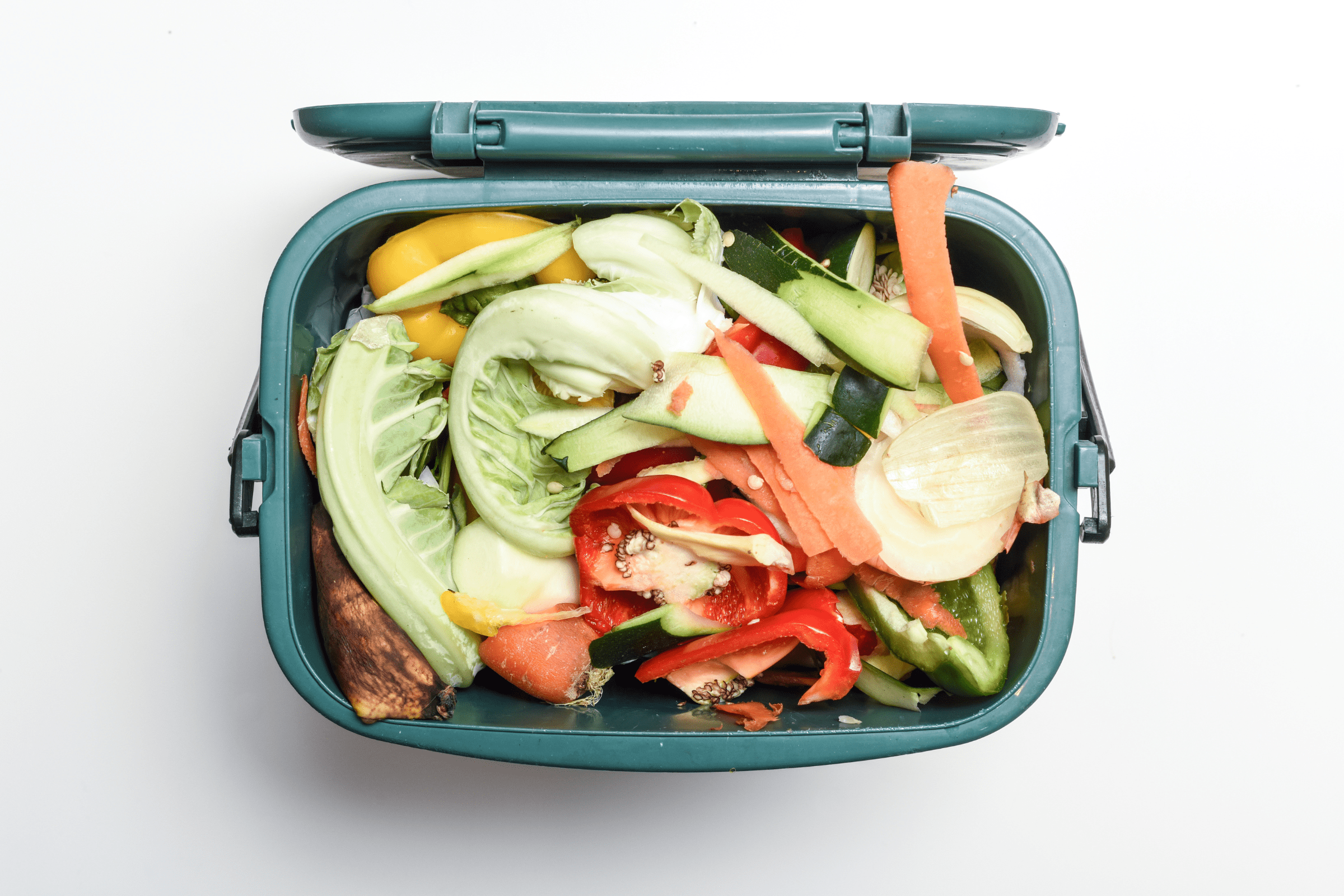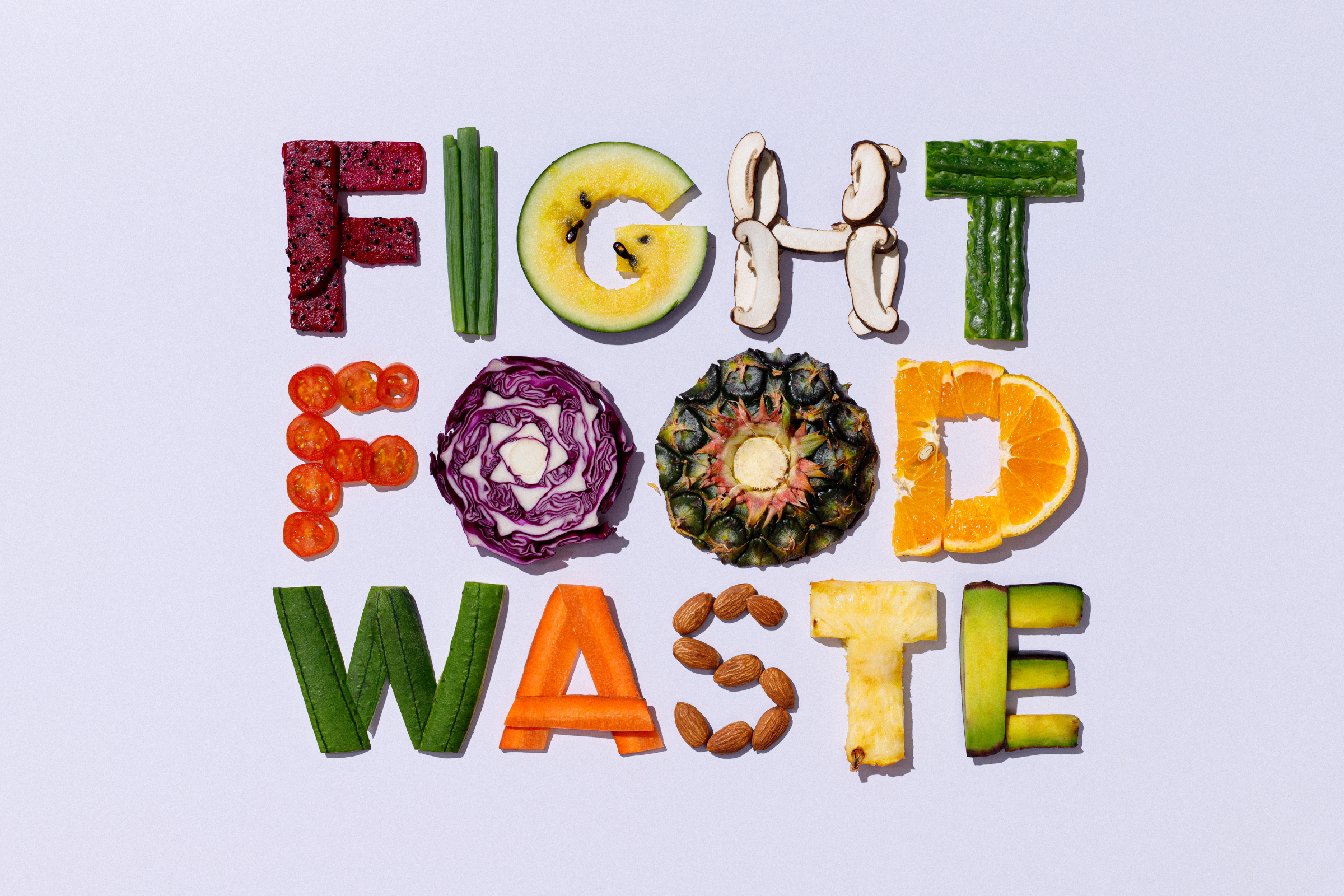Minimising food waste is top of mind right now thanks to Putin’s war on Ukraine. Rightfully so, the public has concerns about the potential ramifications this war could have on our food supply chain.
But even before the Russia-Ukraine War, given concerns about a rapidly growing population and hunger around the world, the Food and Agriculture Organization of the United Nations (FAO) issued a global call for zero tolerance on food waste. [1] However, confusion over date labelling on food products (such as “best by” and “use by” dates) leads to billions of pounds of food waste every year.
What many do not realise is that when you throw food away, you are not only wasting the food but also all the economics associated with that. This includes production costs, transportation from the whole farm to the fork chain, and everything else that brought you that product just to be thrown away.
“Throwing away food is like stealing from the table of those who are poor and hungry.”
– Pope Francis
Many people don’t understand that date labels on food products (with the exception of infant formula) are entirely at the manufacturer’s discretion and are not supported by robust scientific evidence. [2]
In fact, a 2019 survey in the USA, highlights the need for a strong communications campaign. With a particular need for education among those ages 18 to 34. [3] Likewise, Arla Foods in the UK found that 85% of responders felt food labels on milk were confusing. As a result, Arla Foods changed its food labels to help reduce waste. [4]
If this is a subject that does confuse you, keep reading for a quick lesson on the difference between “use-by,” “sell-by,” and “best-before”, or “best-by” dates.

Food Labels
Some foods deteriorate over time in a way that may present a food safety risk; for instance, certain meat or dairy products. On most packaged food, depending on the product, you will see either:
Use-By
This label is aimed at consumers as an instruction of the date by which the product should be eaten; mostly because of quality, not because the item will necessarily make you sick if eaten after the use-by date.
That said, past the use-by date, food will go off quickly. Meaning the risk of food poising is much higher. So, see this label as one regarding ‘food safety.’ For this reason, it can also be marked as the “Expiry-date.”
According to Food Standards Agency (FSA), you can cook and eat food until midnight on the use-by date but not after. If you do, ensure you cool it first, then keep it in the fridge. From there, you must eat it within 48 hours.
After the use-by date, it is recommended that you don’t eat, cook or freeze the food.
Sell-By
This label is aimed at retailers, and it informs them of the date by which the product should be sold or removed from the shelf. This does not mean that the product is unsafe to consume after the date.
Typically, one-third of a product’s shelf-life remains after the sell-by date for the consumer to use at home.
Best-Before (Best-By)
The best before date, sometimes shown as BBE (best before the end), is about quality and not safety.
This is a suggestion to the consumer on which date the product should be consumed to assure ideal quality. However, if the product has been stored in the correct manner, it could still be safe to eat after this date. But it may not be at its best… e.g., flavour, texture etc.
The FSA in the UK suggests using sensory cues to find out if the food is safe to eat. For example:
- Look for visible mould on the bread
- Taste to see if biscuits/crisps are stale
- Sniff/smell some dairy products with a best-before date to see if they have soured.
Still, this only applies to “Best-before” dates, not “Use-by” dates.

How to Avoid Food Wastage
These dates are important for two reasons: to prevent food poisoning and to reduce food waste.
Other ways to help reduce the amount of food you throw away:
- Follow storage instructions on the packet
- Use up, cook or freeze foods that are approaching their use-by date first
- Keep your fridge below 5°C
- Plan your meals ahead
- Shop for 3-days’ worth of food rather than a week
What’s more, there is even a way that you can benefit from this battle against food wastage. Depending on where you live, you can download an app called, “Too Good To Go.” This app lets customers buy and collect Magic Bags of food that will be going to waste – at a great price – directly from businesses.
You can learn more on their website by clicking here.

Final Comments
Food can contain bad bacteria, and if stored for too long or at the wrong temperature can cause food poisoning. This is why it is crucial that you follow the storage instructions for all food products you purchase.
To help reduce your risk further, food will come with different deadlines on its packaging. These include “Use-by” and “Best-before”.
Use-by is the non-negotiable date that relates to food safety. You can eat/cook the produce until midnight of the date on the packaging. But, if you opt to cook and not consume, you have an extra 48 hours in which to eat it. After that, it must be thrown away and added to the billions of pounds worth of food that go to waste each year.
Best-before dates have more flexibility and relate to food quality. Eating food past these dates can be safe if stored correctly, but flavour and texture may be diminished.
Remember, the fight is to reduce food wastage. You can help in this battle by pre-planning your meals or shopping every 3-days rather than a full week’s worth of food.
On top of this, you can even win while helping out by using an app like “Too Good To Go” to purchase food from businesses at a lower rate. The win is that the food would be going to waste if not sold that day. I’ve been utilising this app since I downloaded it, as should you.
“Cutting food waste is a delicious way of saving money, helping to feed the world and protect the planet.”
– Tristram Stuart, English author and environmental campaigner.
I hope this article has been helpful!
If you have a comment about this article, or if you have a request for a future post, please email me at Contact@LupustoHealth.com .
Further Reading: